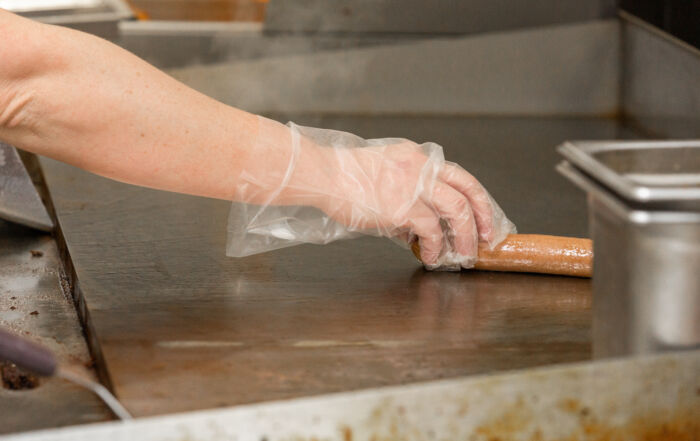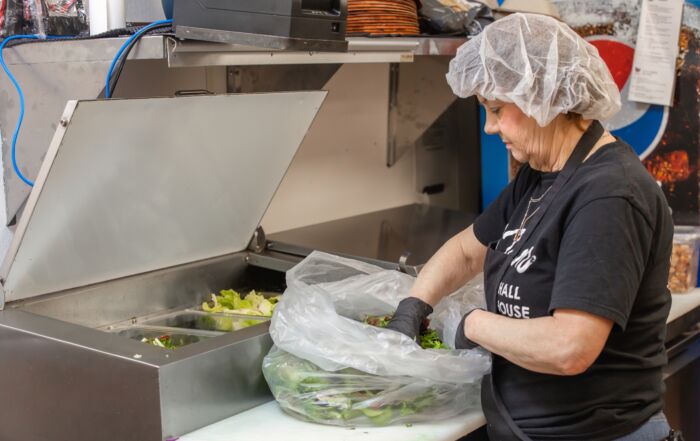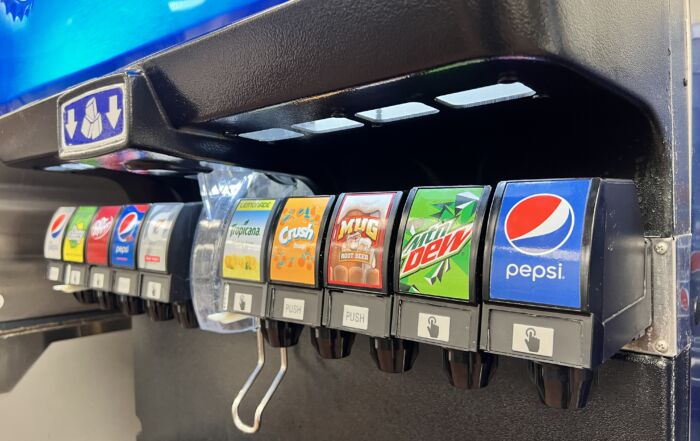Emergency Preparedness: The Not-so Calm After the Storm
If you and your foodservice operation have been hit by an emergency or other disaster, what comes next and how do you move forward? Much of the answer to this is predicated on the actual disaster that you are dealing with – a flood is certainly a much different than a fire, but some of the food safety considerations remain the same if your business has been left intact and has not been damaged by the disaster.
Before I cover some areas to consider, I did want to note that in almost all cases, you should not reopen unless you have visited with the local health department in your jurisdiction and have the green light from them to reopen.
…in almost all cases, you should not reopen unless you have visited with the local health department in your jurisdiction and have the green light…
Requirements for reopening will depend on the type of disaster you are dealing with, but common among them are the following considerations:
- Water Supply. Make sure the water supply you are using is safe. While this may seem like a silly thing to say, in a disaster setting, the municipal water supply may have been impacted and communication from the town or local authorities may be sparse at first. If you operate on a well, there is a chance, especially in a flood, that it has been contaminated and will need to be disinfected after the flood waters recede from the local area. When it doubt, boil it or use bottled water for your water needs until such time that you can verify the safety of the water supply.
- Food supplies. Of course, it goes without saying that leftover perishable food should be discarded if it has not been held at proper temperatures. But canned food can be sanitized and kept. To sanitize, remove the labels and discard. Then, wash the cans and dip them in a bleach water solution of 8 oz of household (5.25%) bleach for every 5 gallons of water and allow the cans to air dry. Re-label the cans with a printed label or magic marker noting the type of product and an expiration date.
- Sanitize food contact surfaces. Thoroughly wash, rinse, and sanitize any food contact surface. This might include pots, pans, countertops, cutting boards, knives, and utensils. To do this, the FDA recommends soaking in a concentration of 1 tablespoon household (5.25%) bleach mixed with 1 gallon of potable water for 15 minutes, then air dry. In the case of stationary items, such as countertops, spray or wipe the solution onto the countertop and let sit for the prescribed time.
- Cleaning non-food contact surfaces. Thoroughly wash all floors, walls, and ceilings within the interior of the building with potable water and a detergent. Be sure to follow all recommended instructions on the detergent and rinse to be sure there is no residue left behind. If mold is present, seek a professional who would help abate the mold issue. Don’t forget to clean and inspect your ventilation systems. Again, consult professional service when necessary to make sure it is safe to use.
- Employee Health and Safety. Last, but certainly not least is making sure employees are able to return to work before you open. It is quite possible their lives have been disrupted, too. Simply things like being able to wash clothes in order to wear clean clothes to work should be explored. Make sure they have access to soap and running potable water to wash their hands and follow the food safety training they did prior to the disaster. Don’t make a situation worse by forgetting the basics and causing more panic within your community with a foodborne illness outbreak.
If you have any questions about re-opening your foodservice operations, please feel free to reach out via email, we are happy to help. Be on the lookout for our last SafeBites Webinar, which will be coming online within the next month. If you have any topics, you’d like to see us cover for the 2024 SafeBites webinars, please reach out. Risk Nothing.
READ MORE POSTS
Maintaining Food Safety Standards Amid Seasonal Turnover
Across the country, summer seems to bring on more than just an influx of business [...]
When Temperatures Rise, Keep Food Safety Top of Mind
Summer brings a welcome increase in business for many restaurants, catering services, and event venues. [...]
Safely Shopping at Farmers’ Markets: A Food Safety Guide for Foodservice Operators and Chefs
Farmers’ markets are an appealing source of fresh, local, and seasonal ingredients for individuals and [...]
Ice Machines, Beverage Dispensers & Other Overlooked Food Safety Hazards
At the end of the spring semester in our campus food production lab, we’re fortunate [...]










